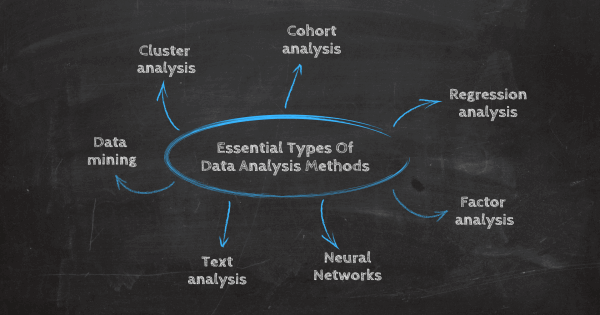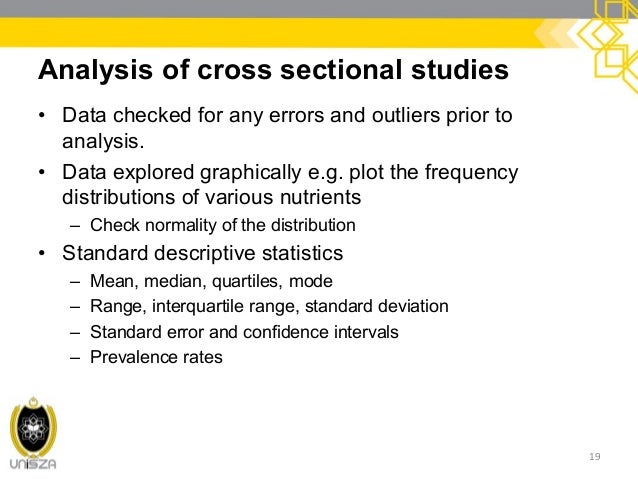

The most basic type is the simple random sample. A probability sample is one in which each individual in the population has a known, nonzero chance of being selected in the sample. There are two types of sampling-probability and nonprobability. Since a survey can be no better than the quality of the sample, it is essential to understand the basic principles of sampling. The Field Research Corporation is a widely-respected survey research firm and is used extensively by the media, politicians, and academic researchers. The data were collected during July, 1985, September, 1991, and February, 1995, by the Field Research Corporation (The Field Institute 1985, 1991, 1995). This module uses opinions from three samples of California residents age 18 and over. To find out how potential voters feel about a particular race, pollsters select a sample of potential voters. Information from this sample (i.e., every fifth household) is used to make inferences about the population. Approximately every fifth household is given a longer questionnaire. The census tries to enumerate all residents every ten years with a short questionnaire. The United States Census is a good example of sampling. The idea of sampling is to select part of the population to represent the entire population. The process of selecting the sample is called sampling. In other words, a sample is part of the population. In the data used in the exercises of this module the population consists of individuals who are California residents.) A sample is the subset of the population involved in a study. Or we may be interested in all households in a particular area. Sometimes, it may be geographical areas such as all cities with populations of 100,000 or more. (A population does not always consist of individuals. The population is all the individuals in whom we are interested. It is important to select these people in ways that make it likely that they represent the larger group. So we select only some of these individuals and question them.

Increasingly, surveys are conducted by telephone.Īlthough we want to have information on all people, it is usually too expensive and time consuming to question everyone. Other times questions are sent in the mail for people to answer and mail back. Sometimes interviews are done face-to-face with people at home, in school, or at work.

Survey research is a method of collecting information by asking questions. Evaluations often use surveys to assess the extent to which programs achieve their goals. Needs assessments use surveys that identify the needs of groups. Political polls ask questions about candidates for political office or opinions related to political and social issues. Market surveys ask respondents whether they recognize products and their feelings about them. Almost everyone has had experience with surveys.


 0 kommentar(er)
0 kommentar(er)
